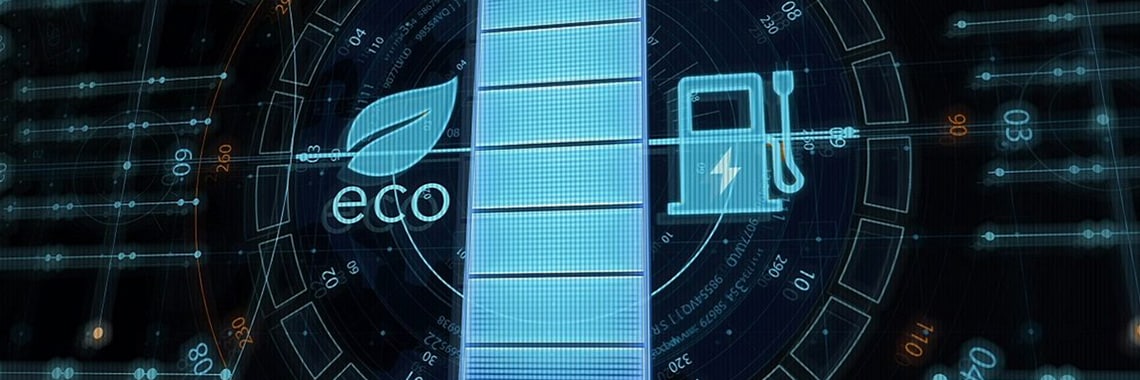This year has been a year of change to society in so many ways. The megatrends that have shaped our automotive industry development over the past few years are taking on a new importance. With the dramatic drop in emissions during the stay-at-home orders around the world and a broad consumer acceptance to changing the way we interact, the opportunity for future mobility use cases is tremendous.
Consumer Pressure
Consumer interest in a greener, cleaner, safer future is going to help redefine industry objectives. NXP is set on a clear path that focuses on Vision Zero: zero emissions, zero accidents and zero time wasted. For the electrified vehicle market, a notable boost has come from renewed government incentives to continue to tackle pollution. In China, the subsidy scheme will now run through 2022 with an extension to the New Energy Vehicle mandate, whilst in Europe the CO² emissions standards have been reworked. More than that, emblematic figure-heads for climate change have made public awareness around greener living more attainable and more attractive.
Which Energy to Use?
A frequent detracting argument for electric vehicles is over the increased use of electricity for slow-charging. The counter point to this is the reduction in gasoline and diesel displacement and the resulting decrease in CO² emissions.
With more than 2 million sales, electric vehicles made up 2.6% of the global car sales in 2019. Another big step from the previous year.
Charging Infrastructure
A sensitive area that hasn’t been favorable to EV adoption is the scale of the electric charging infrastructure. Desperately inadequate for mass adoption, the majority of the 7.3 million chargers worldwide are privately owned.1 Whilst the necessity of having home charging is clear, the convenience and reassurance of widespread charge points is unavoidable.
Battery Pack Evolution
Through all this, the challenge for the automotive industry is to find the path to make electric vehicles more profitable than ICE models. The sticking point here is the balance between the size and cost of the battery pack and the consumer acceptance for the vehicle range on a single charge. The unit cost of the battery pack and manufacturing capacities is key to the expansion of the electric vehicle market.
The challenge to accelerate electric vehicle adoption and find a simple phase over to more electrified propulsion domains is common across the industry. At NXP, our portfolio for electrification solutions is continuing to expand. Find out more and watch this video today.
1 Source :
https://www.iea.org/reports/global-ev-outlook-2020


